Custom Baseline solution
The four receivers can be delivered with cable lengths of 10, 50 or 100 meter. This opens up for very flexible deployment options, even on the largest boats.
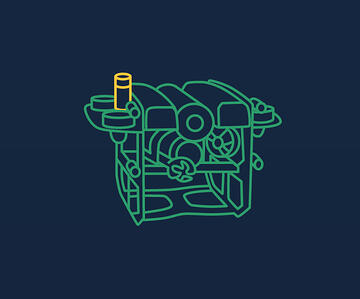
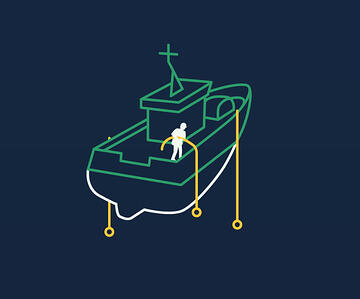
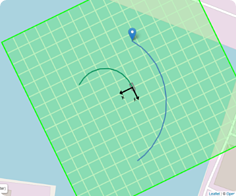
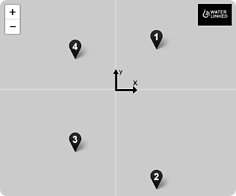
Optimal Receiver Setup
When possible, try to spread the Receivers out so you have at least 2 meters between them. Placing the receivers at different depths may increase performance.
Make sure the receivers are well submerged and preferably below the splash zone where there might be air bubbles from waves etc.
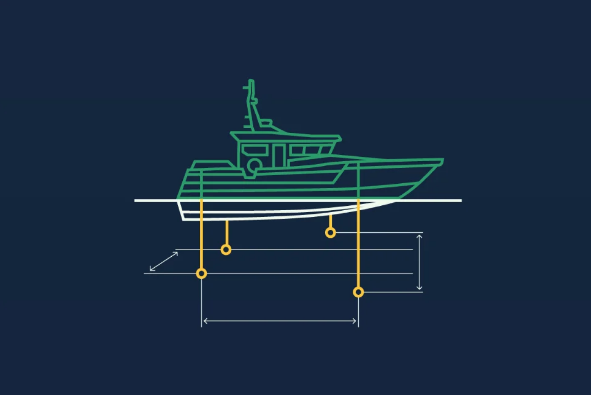
Limiting Receiver Setup
If you are unable to deploy a square baseline, you might end up with some limitiations.
In the example to the left, all receivers are on one line. With such a setup it is not possible to decide which side (A or B) of the baseline your locator is. You have to limit the search area in the GUI to only one of the sides.

Performance
The benefits of the UGPS are truly appreciated when working in the most challenging environments.
Combining the multiple receivers with extremely sophisticated software algorithms running on modern hardware, UGPS excels where traditional positioning systems stop working.
The amazing performance comes to display especially when the environment is challenging:
Shallow water
Inside tanks or pools
Close to ship hulls
Inside fully populated fish farming cages
Inside subsea templates
Accuracy
By utilizing a Short BaseLine (SBL) principle the UGPS is both stable and accurate, positioning the Locator to within 1 meter at 100 meter range
Performance Testing
The video below shows a performance test of the UGPS which is mounted to a boat that is fitted with an RTK enabled GPS.
The RTK GPS provides ~1cm accuracy positioning of the boat and allows us to generate a tracklog for the boat as it navigates around the marina. We then have a tracklog for the GPS and for the UGPS.
By overlaying the GPS tracklog with the UGPS tracklog we demonstrate how reliable and accurate the UGPS is, despite the difficulties associated with acoustic positioning in shallow water (~6-8m depth).
